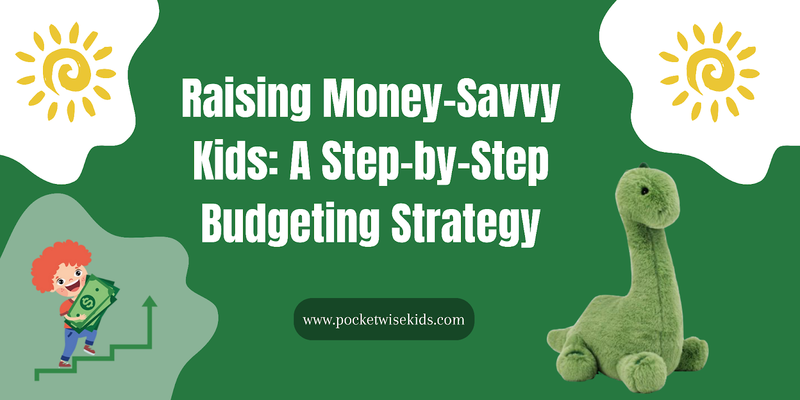Beyond the Lemonade Stand: Long-Term Saving Tips for Kids
491
0
·
2023/12/06
·
3 mins read
☕
WriterShelf™ is a unique multiple pen name blogging and forum platform. Protect relationships and your privacy. Take your writing in new directions. ** Join WriterShelf**
WriterShelf™ is an open writing platform. The views, information and opinions in this article are those of the author.
Article info
Tags:
Total: 632 words
Like
or Dislike
More from this author
More to explore










:strip_metadata():format(webp)/https%3A%2F%2Ftr2storage.blob.core.windows.net%2Fimagenes%2Fasia%2Fvietnam%2Fhalongbay%2Fpict1.jpg)

In the world of financial education for children, the classic lemonade stand is often the starting point. While teaching kids the basics of entrepreneurship and money management is crucial, it's equally important to instill long-term saving habits. In this blog, we'll explore the significance of moving beyond the lemonade stand and delve into effective long-term saving strategies for kids.
The Lemonade Stand Experience
The lemonade stand is a timeless symbol of childhood entrepreneurship. It teaches children fundamental lessons about earning, spending, and even a bit about marketing. However, the income generated from a weekend lemonade stand may not be enough to cover future ambitions, like buying a bicycle or saving for college. It's essential to guide children towards strategies that will serve them well in the long run.
Understanding the Value of Money
Before introducing long-term saving strategies, it's crucial to ensure that kids have a basic understanding of the value of money. Start by explaining concepts like earning, spending, and saving. Engage them in conversations about wants versus needs and help them differentiate between short-term desires and more significant, long-term goals.
Opening a Savings Account
One of the most effective ways to teach kids about saving is by helping them open a savings account. Many banks offer specialized accounts for children, complete with educational materials. This not only gives them a sense of responsibility but also introduces the concept of earning interest on their savings.
Goal Setting
Encourage kids to set specific savings goals. Whether it's a new toy, a gadget, or a future college fund, having a target makes saving more tangible and rewarding. Break down larger goals into smaller, achievable milestones to keep them motivated along the way.
Earning Through Chores
Connect the dots between work and money by assigning age-appropriate chores. This not only teaches responsibility but also provides a clear link between effort and reward. Consider offering a small allowance for completed tasks, further reinforcing the connection between work and income.
Delayed Gratification
Patience is a virtue, especially when it comes to saving. Teach kids the concept of delayed gratification by discussing the benefits of waiting for a more significant reward. This skill will serve them well throughout life, helping them make informed financial decisions.
Teaching the Power of Compounding
Introduce the concept of compound interest in an age-appropriate manner. Explain how money can grow over time through interest and investment. Use simple examples to illustrate the power of compounding, sparking an early interest in the world of finance.
Exploring Investment Basics
As kids grow older, gradually introduce them to basic investment concepts. While they may not be ready for the stock market, discussing the idea of investing in a diversified portfolio can lay the groundwork for future financial literacy.
Learning from Mistakes
Just as adults make financial mistakes, children may encounter setbacks in their saving journey. Use these moments as learning opportunities. Discuss what went wrong, explore alternatives, and emphasize the importance of resilience in achieving financial goals.
Encouraging Philanthropy
Instill a sense of empathy and generosity by introducing philanthropy into the saving conversation. Encourage kids to allocate a portion of their savings for charitable donations, teaching them the importance of giving back to the community.
Conclusion
Beyond the lemonade stand, the world of long-term Saving Strategies for Kids is vast and full of valuable lessons. By fostering a strong foundation of financial literacy, goal-setting, and responsible decision-making, we empower the next generation to navigate their financial future with confidence. Through practical experiences, open conversations, and a gradual introduction to more complex concepts, we can equip children with the tools they need to build a solid financial foundation. Saving strategies for kids extend far beyond the immediate thrill of a successful lemonade stand – they pave the way for a lifetime of financial well-being and success.